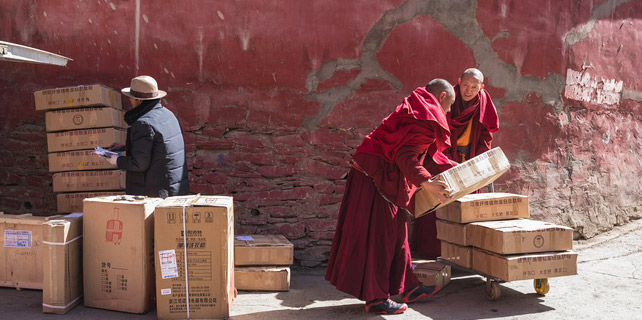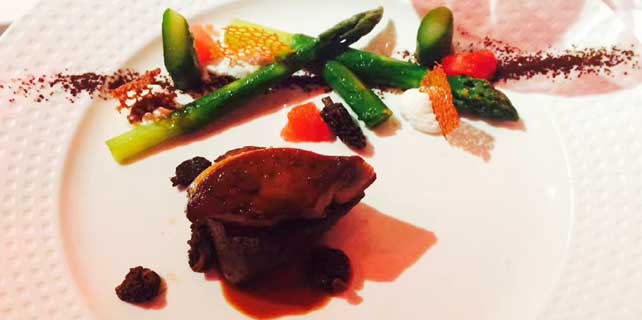Chinese see Brazilian green propolis as effective healthcare product
Almost every week between December and March, Guilherme Almeida, who lives in Belo Horizonte, the capital city of Minhas Gerais, drives more than 125 miles into the mountainous area.
Once renowned for being rich in gold, gems and diamonds, the region in southeastern Brazil is where honey bees produce green propolis, which is gaining greater popularity among Chinese people as an effective healthcare product.
Guilherme oversees a large apiary where besides producing honey, the bees are basically chemists, producing the best grade of green propolis.
The bees are a hybrid of European bees and African killer bees, and are efficient producers of propolis and immune to diseases. The bees use propolis as a cement or sealant in the construction of their hives to keep them relatively sterile.
Though there are other types of propolis – dark brown, red and black and with white hues – the bees at this apiary produce green propolis because they have access to the resin of the rosemary tree, which can only be found in certain parts of Minhas Gerais.
The substance can only be harvested in the December-March time period, so Guilherme must seize the opportunity to increase his business with his Chinese clients.
Reporters accompanying him to the apiary have to put on protective suits and hats before entering the bee hives area. The guide leading the way carries a smoke sprayer to calm bees when their hives are opened.
According to Nivia Macedo, who manages the Apis Familia Corporation, the bees at the apiary are free of diseases, and antibiotics and other medicine have never been applied to them. This makes the propolis they produce quite pure.
Workers leave a relatively large space on the hives for the bees to seal it with more propolis. When the space has been filled, the workers cut out the propolis carefully with a knife. Within a week, the procedure is repeated as bees seal the space again.
"All the propolis will be sent to the factory as soon as cut from the bee hives," said Nivia.
After the propolis is harvested, the bees produce honey.
To meet Chinese customers' requirements, the propolis is put into small bottles with a liquid containing an active ingredient. "This way of packing our product is more enjoyed by our Chinese friends, it is delicate and easy to carry and use, Nivia said.
Her business with Chinese customers started several years ago, long before propolis became popular in China.
"Propolis was first used as a healthcare product in Asian countries, including Japan, South Korea and Malaysia,'' Nivia said. `"We decided immediately to step into the Chinese market as soon as the Chinese people discovered the effects of propolis."
Guilherme said that propolis is sold to Chinese customers by providing the green propolis substance directly or in the bottles, which they are doing mostly now. "Though we have as many as 5,000 beehives, the ingredient per year weighs only about 1.5 tons. So it is smarter for us to sell final products to Chinese markets," he said.
"We are able to design five kinds of our propolis products, with different concentrations and flavors. One is for the elderly people, one is for the children, and we even have one for people who are allergic to alcohol," he said.
"Green propolis is the national treasure of Brazil,'' Nivia said. "It is our sincere hope that more and more Chinese friends can taste our products."









